The Delhi Sultanate, spanning from 1206 to 1526, was a period of significant cultural and architectural advancements in India. The rulers of the Sultanate introduced new styles and techniques that left a lasting legacy on Indian architecture and culture—this period witnessed the fusion of Persian, Turkic, and Indian elements, resulting in the unique Indo-Islamic architectural style.
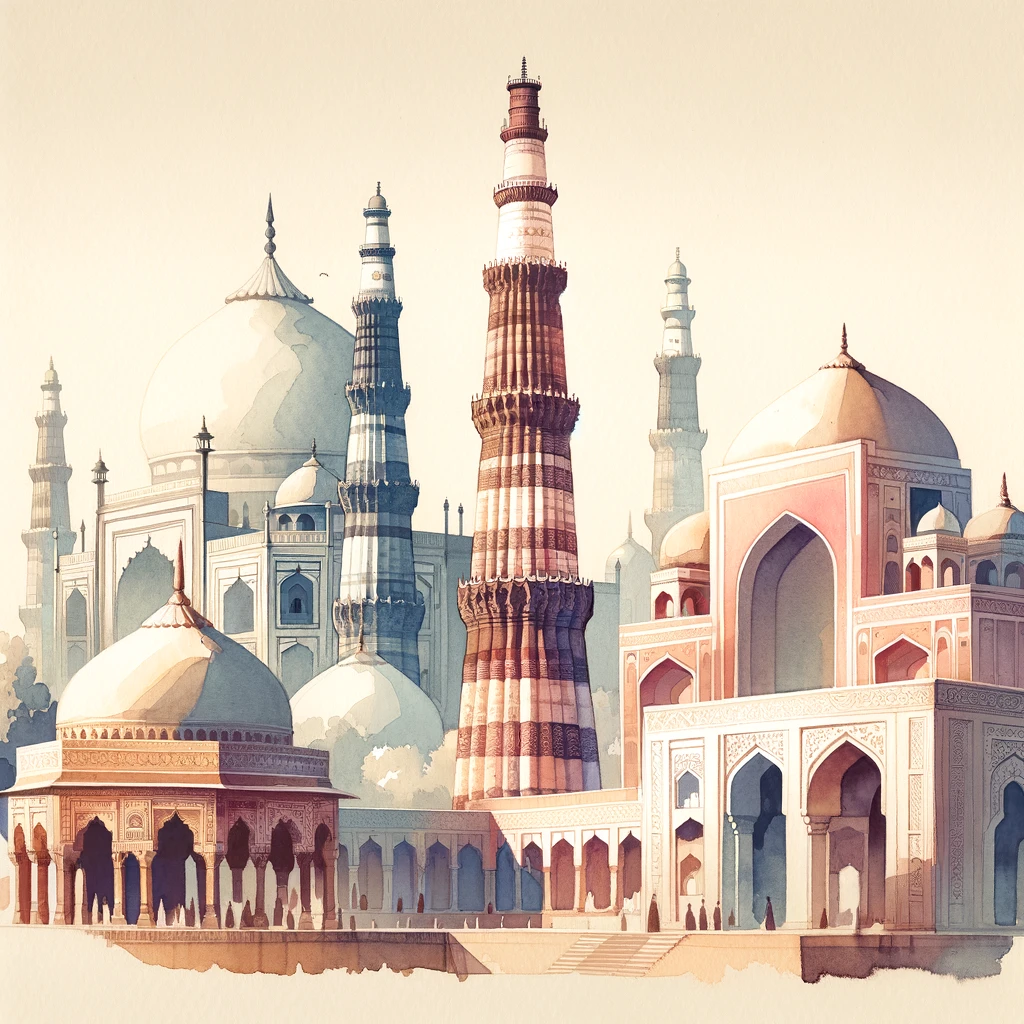
Delhi Sultanate Architectural Innovations
The Delhi Sultanate is renowned for its architectural achievements, characterized by monumental structures, intricate carvings, and the use of new construction techniques. Some of the most prominent architectural contributions include:
Qutub Minar
One of the most iconic monuments of the Delhi Sultanate, the Qutub Minar is a UNESCO World Heritage site. Commissioned by Qutb-ud-din Aibak in 1199 and completed by his successor, Iltutmish, the minaret stands 73 meters tall and is made of red sandstone and marble. It is adorned with intricate carvings and verses from the Quran, showcasing the blend of Islamic calligraphy with traditional Indian motifs.
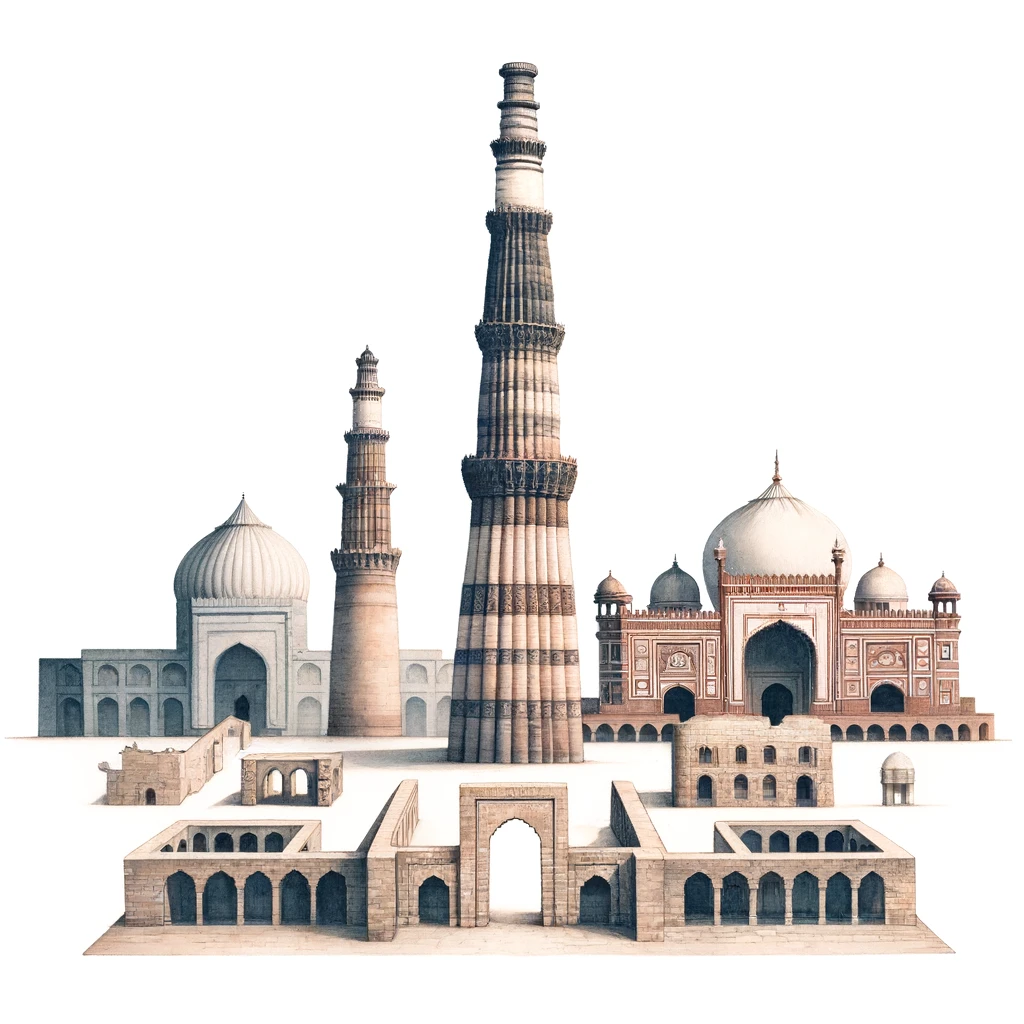
Quwwat-ul-Islam Mosque
Located near the Qutub Minar, this mosque was also commissioned by Qutb-ud-din Aibak. It is one of the earliest examples of Indo-Islamic architecture, incorporating reused materials from Hindu and Jain temples. The mosque features a large courtyard, arched screens, and intricately carved pillars.
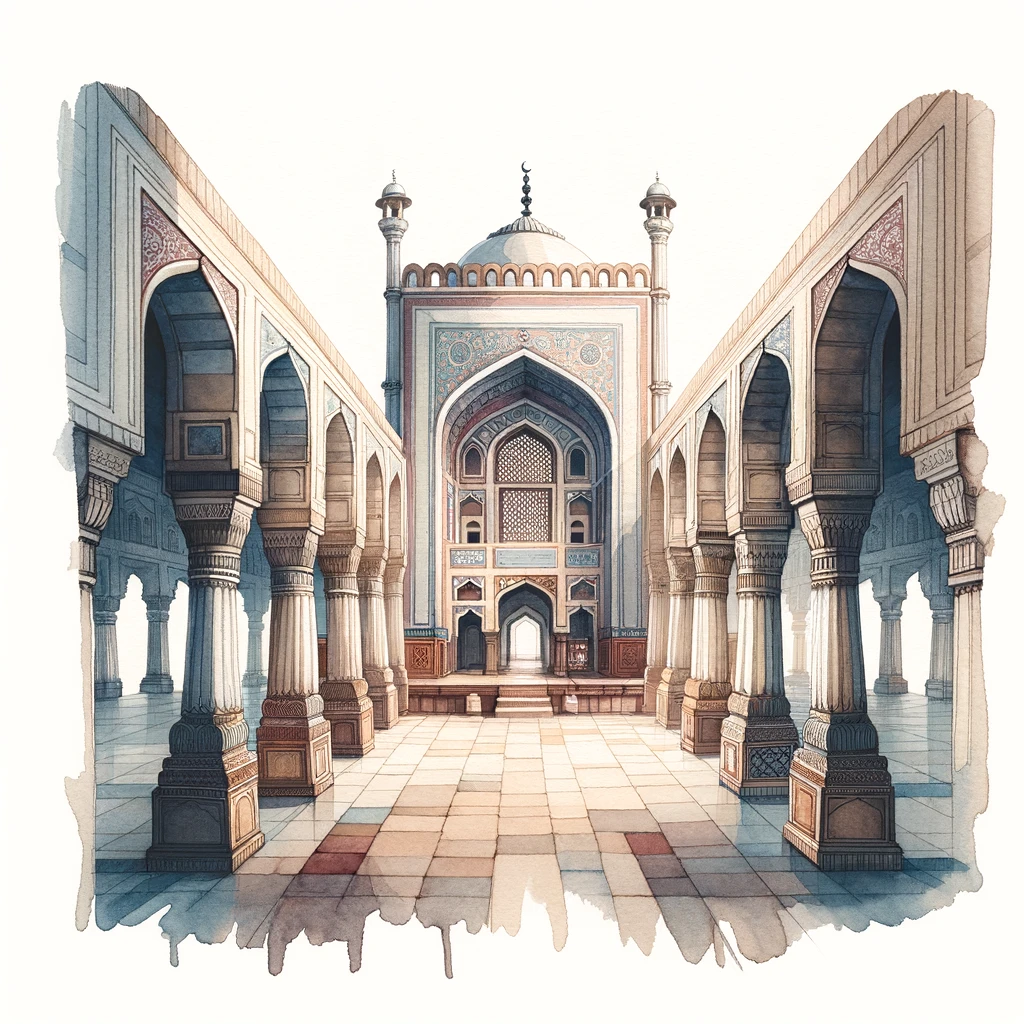
Alai Darwaza
Built by Alauddin Khilji in 1311, the Alai Darwaza is the main gateway to the Qutub complex. It is noted for its elaborate stonework, including arabesque patterns and geometric designs. Furthermore, the use of true arch and dome construction techniques was a significant innovation introduced during the Sultanate period.
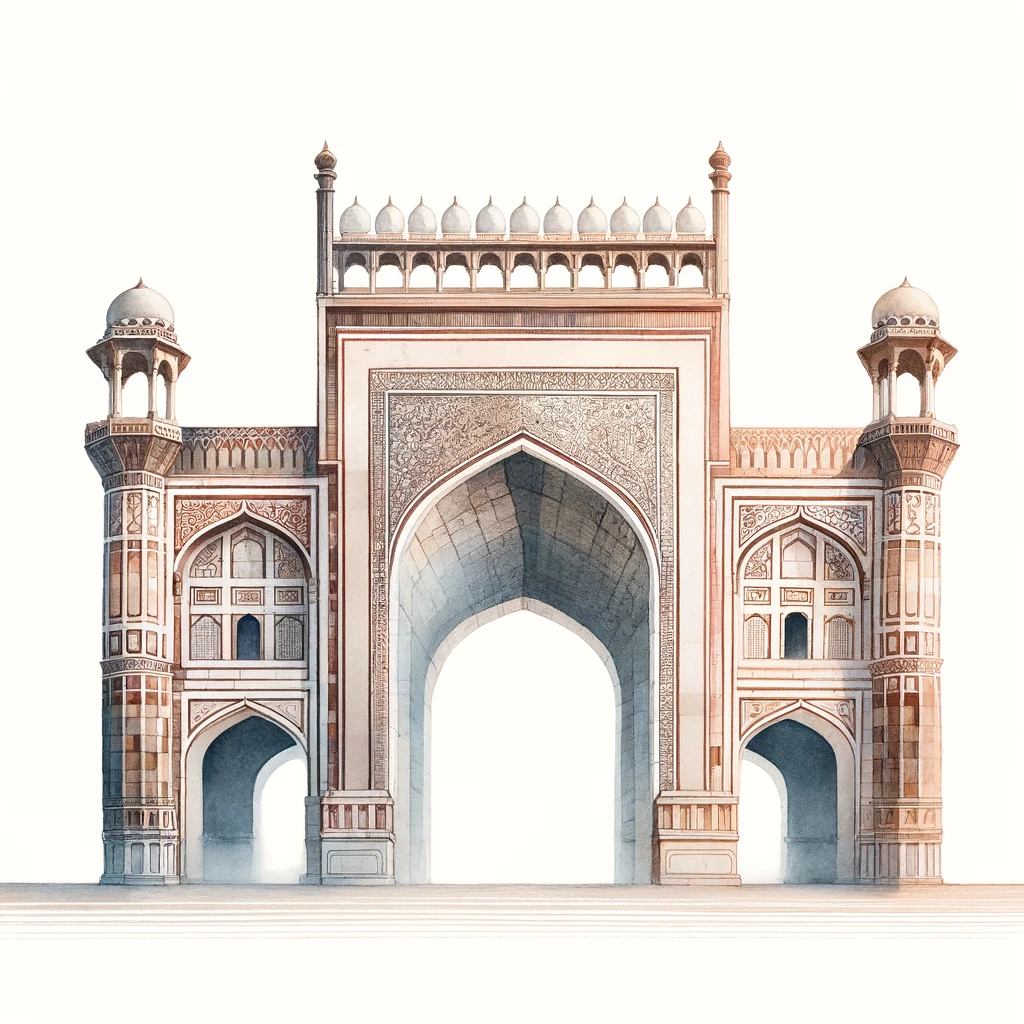
Tughlaqabad Fort
Constructed by Ghiyasuddin Tughlaq in the early 14th century, Tughlaqabad Fort is a massive fortification with robust walls, bastions, and a complex layout. It served both as a defensive structure and a symbol of the Sultanate’s architectural prowess.
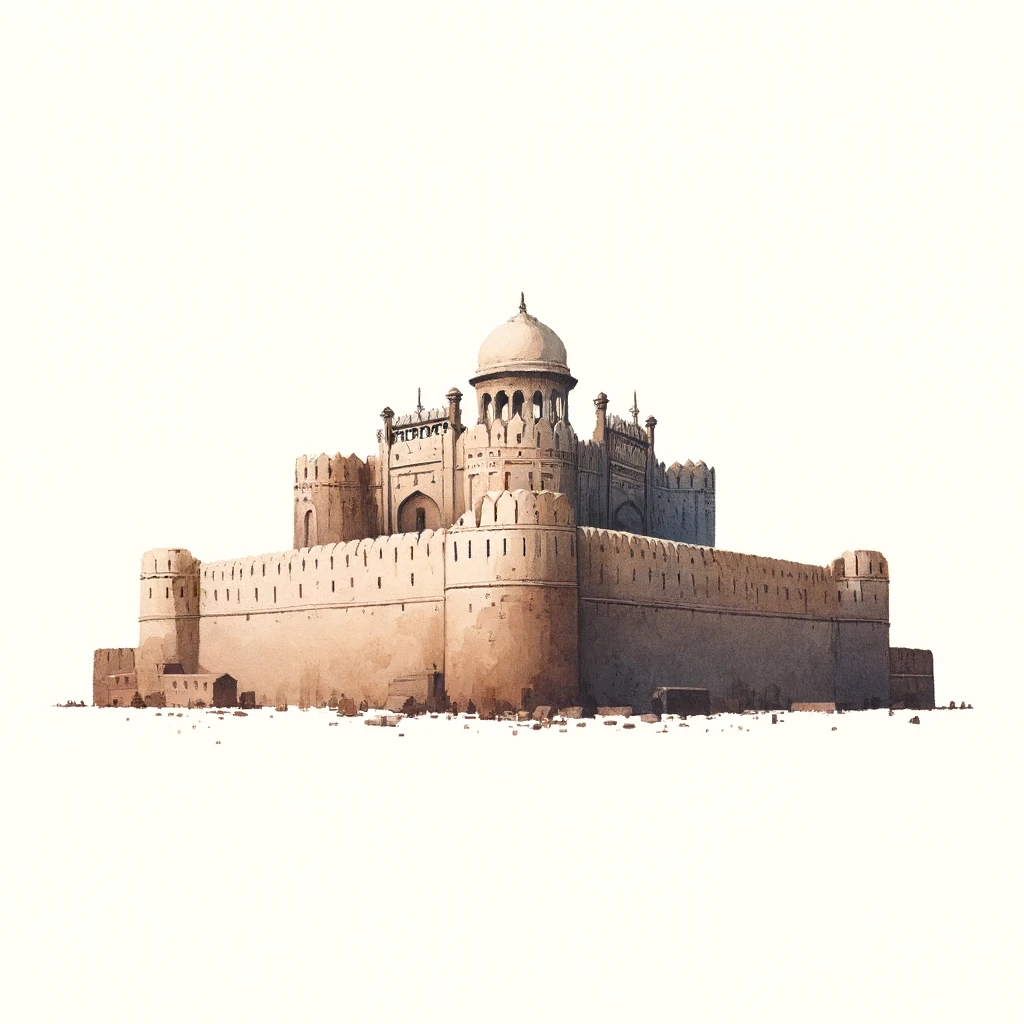
Lodhi Gardens
The Lodhi Gardens in Delhi house several tombs of the Lodhi rulers, including the tombs of Sikandar Lodhi and Muhammad Shah. These structures exhibit the refined architectural style of the later Sultanate period. They are characterized by octagonal shapes, decorative chhatris (domed kiosks), and intricate tile work.
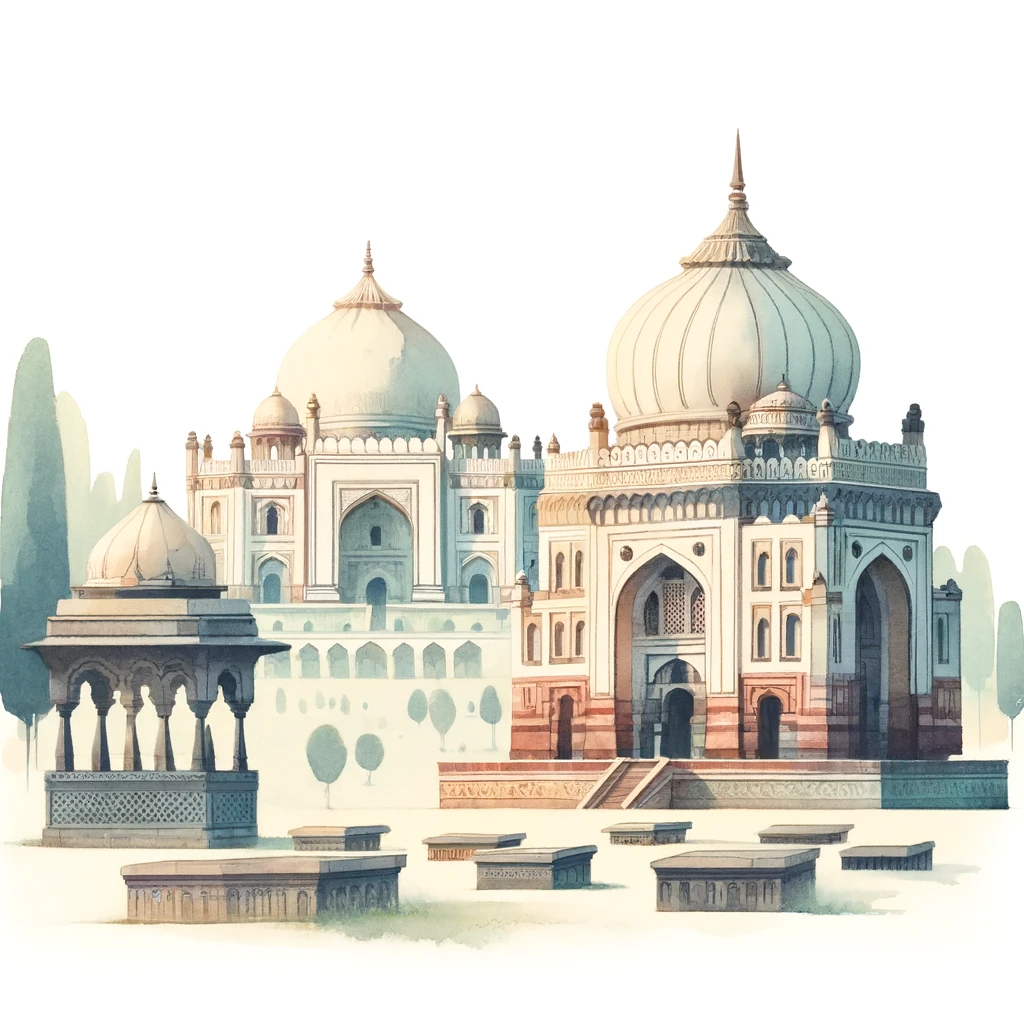
Cultural Developments
The Delhi Sultanate era was marked by significant cultural developments, resulting in a rich and diverse cultural landscape.
- Language and Literature: Persian became the court language and was widely used in administration, literature, and poetry. The influence of Persian literature and poetry was profound, and many Persian works were translated into local languages. The development of Urdu, a blend of Persian, Arabic, Turkish, and regional dialects, began during this period.
- Art and Music: The Sultanate period saw the patronage of various art forms, including painting, calligraphy, and music. The Sultans supported the arts, leading to the flourishing of miniature painting and the development of unique Indo-Islamic calligraphic styles.
- Education and Learning: The Delhi Sultanate established several madrasas (Islamic schools) and libraries, promoting education and learning. Moreover, scholars from different parts of the Islamic world were invited to the Sultanate. They lead to an exchange of ideas and knowledge.
- Religious and Cultural Synthesis: The period witnessed the synthesis of Islamic and Indian cultural elements, giving rise to a unique Indo-Islamic culture. This cultural amalgamation was evident in various aspects of life, including festivals, clothing, cuisine, and daily practices.
Conclusion
The Delhi Sultanate’s cultural and architectural contributions had a profound impact on the Indian subcontinent. Architectural innovations introduced during this period included the Qutub Minar and the Alai Darwaza. They are celebrated examples of the fusion of Persian, Turkic, and Indian styles. Additionally, the cultural developments in language, literature, art, and education enriched the socio-cultural fabric of India. Understanding these contributions is essential for appreciating the historical legacy of the Delhi Sultanate. Thus, it is a vital topic for UPSC aspirants studying medieval Indian history.


